
What Hiking Backpack to Choose & How to Pack it?
Whether you're setting off for a 2-to-3-hour trek along a well mapped out, easy-to-follow trail, embarking on a more intense whole day hike, or even considering climbing a mountain for a couple of days on the trot, you'll need to be equipped with a practical backpack to store all your gear and to help you head forth with total ease. But what type of hiking backpack should you choose? And how should you best pack it? We're here to help... Before you lace up your walking boots and get going, read on and discover our backpack-focused trekking tips! We're all made for adventure – the trick is just to be prepared!
Which bags are the best: how to choose your hiking rucksack?
Above all else, a good hiking rucksack needs to be relatively lightweight and solid. You'll want to opt for something that looks the part but, most important of all, you'll want to choose a practical design that is adapted to your wants and needs. Ultimately, the best backpack is the one that promises to make your life on the trail as easy as can be. There are a range of features and factors to consider, so bear with us as we rattle through them…
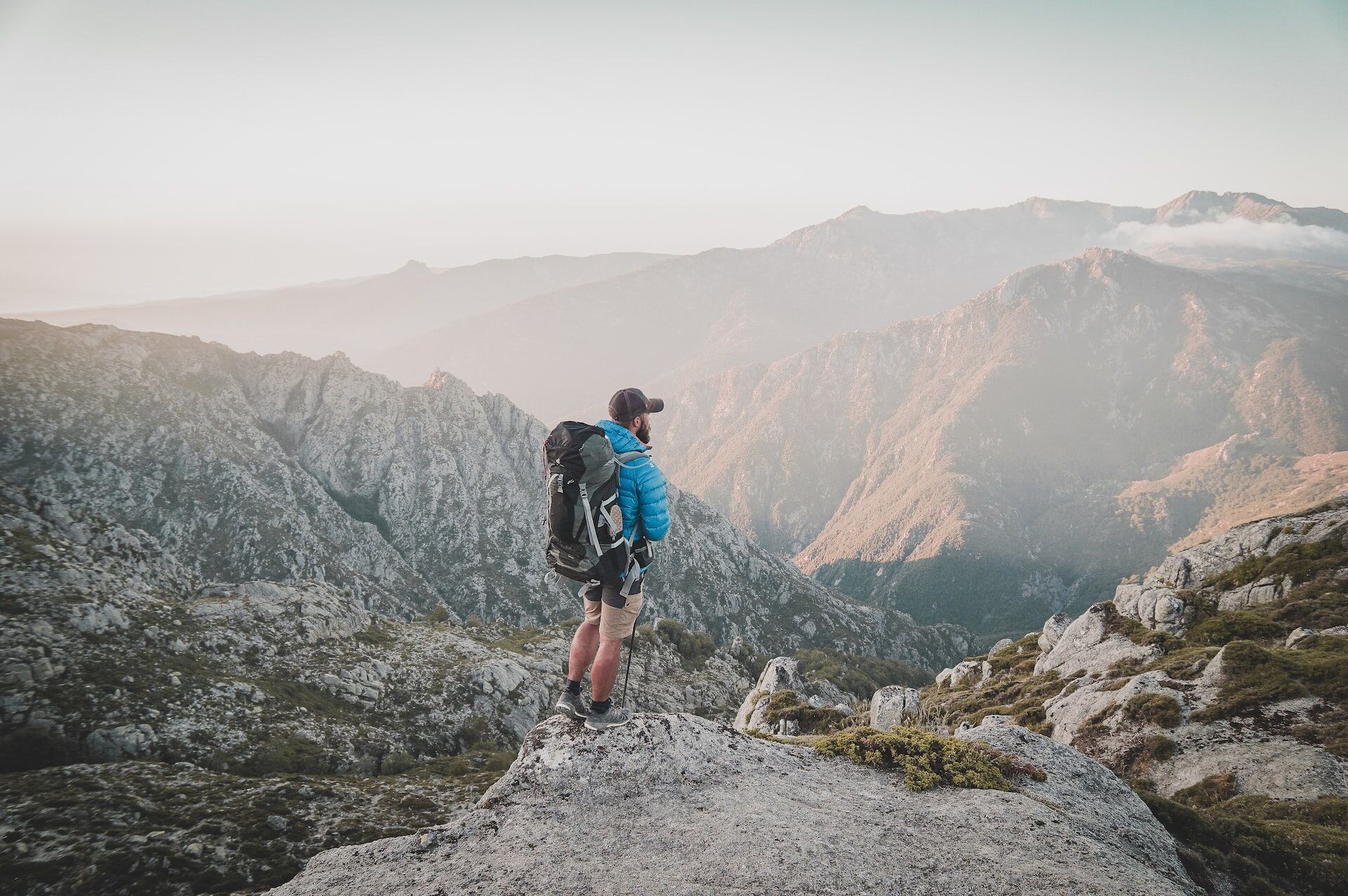

How big a backpack do I need? The right format and the right size (30L, 40L, 50L or more)
In terms of hiking backpacks, rather than talking about their size as such, we usually talk about their capacity (generally measured in litres).
For a hike that lasts anything from a few hours to a whole day, it's best to choose a backpack that has a capacity of around 40 litres. This general benchmark is not something you have to entirely abide by though. It all depends on what you'll be taking with you! In colder weather, you'll likely be packing thicker items of clothing, like a fleece for example, that take up more space, meaning a larger capacity is preferable. If you're hiking in the summer months though, your gear will generally be a bit more lightweight, which means a 20 or 30-litre backpack will usually suffice.
If, however, you're embarking on a longer hike that'll take a few days to complete, then it's ideal to choose a design that has a minimum capacity of 50 litres. Finally, if as well as hiking you're intending to camp, then it's best to allow yourself a bag with a 60 or even 70-litre capacity, as you'll naturally have more equipment to take with you, which your backpack will need to accommodate!
All in all, keep in mind that your backpack needs to be spacious enough for you to store all your hiking gear. But, at the same time, you also want to avoid choosing a model that's larger than necessary. Likewise, it’s good to go for a design that suits your physical capabilities – you need to be able to carry it with enough ease and support its weight! It’s worth noting that, the larger your backpack is, the more equipment you'll likely feel inclined to fill it with. Since there's a certain weight threshold that you don't want to surpass (read on to find out more!), there is consequently good reason to avoid picking out an excessively large design. In terms of dimensions, it's therefore all about striking a balance!
Trekking with ease: padded straps and waist straps
To ensure maximum comfort, we suggest selecting a backpack that has padded straps. For extra stability, you may wish to pick a design that has a chest strap too. A waist strap or hip belt is another feature to prioritise, as it allows you to transfer up to 70% of the weight of your backpack onto your hips, saving your shoulders from excessive strain. Last of all, choose a design with a back that's both padded and well-ventilated to absorb sweat and reduce transpiration. This is vital whatever the season!
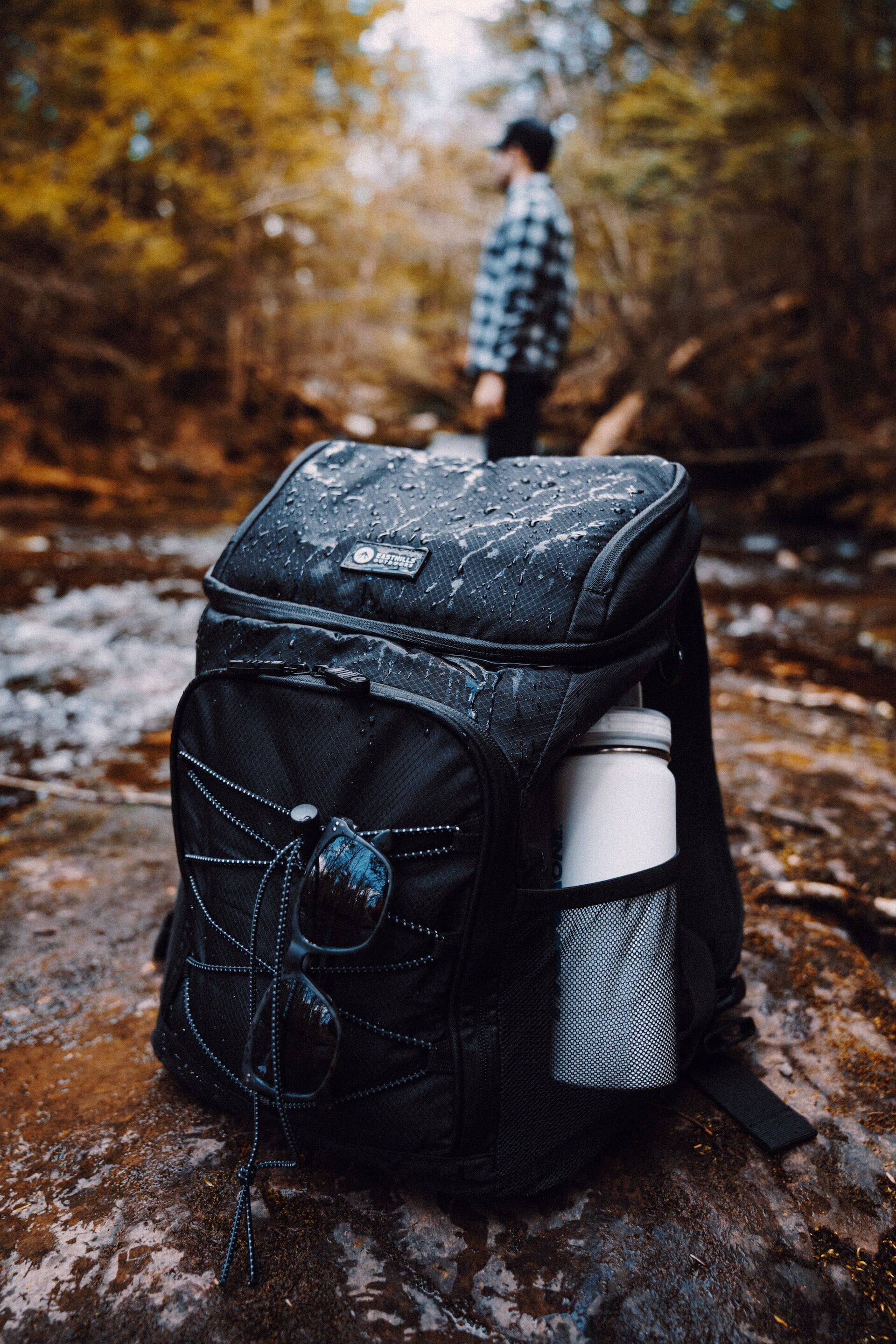
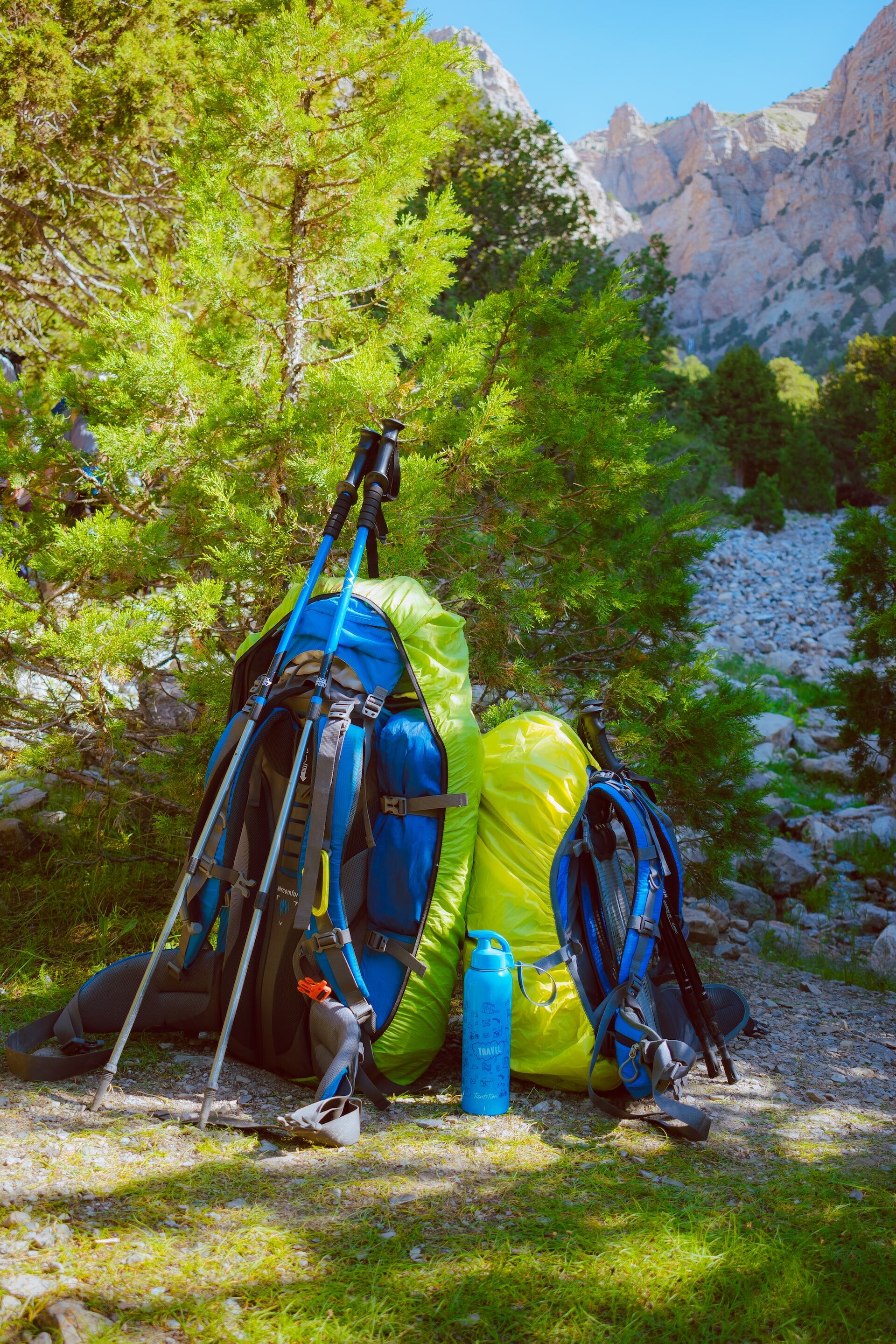
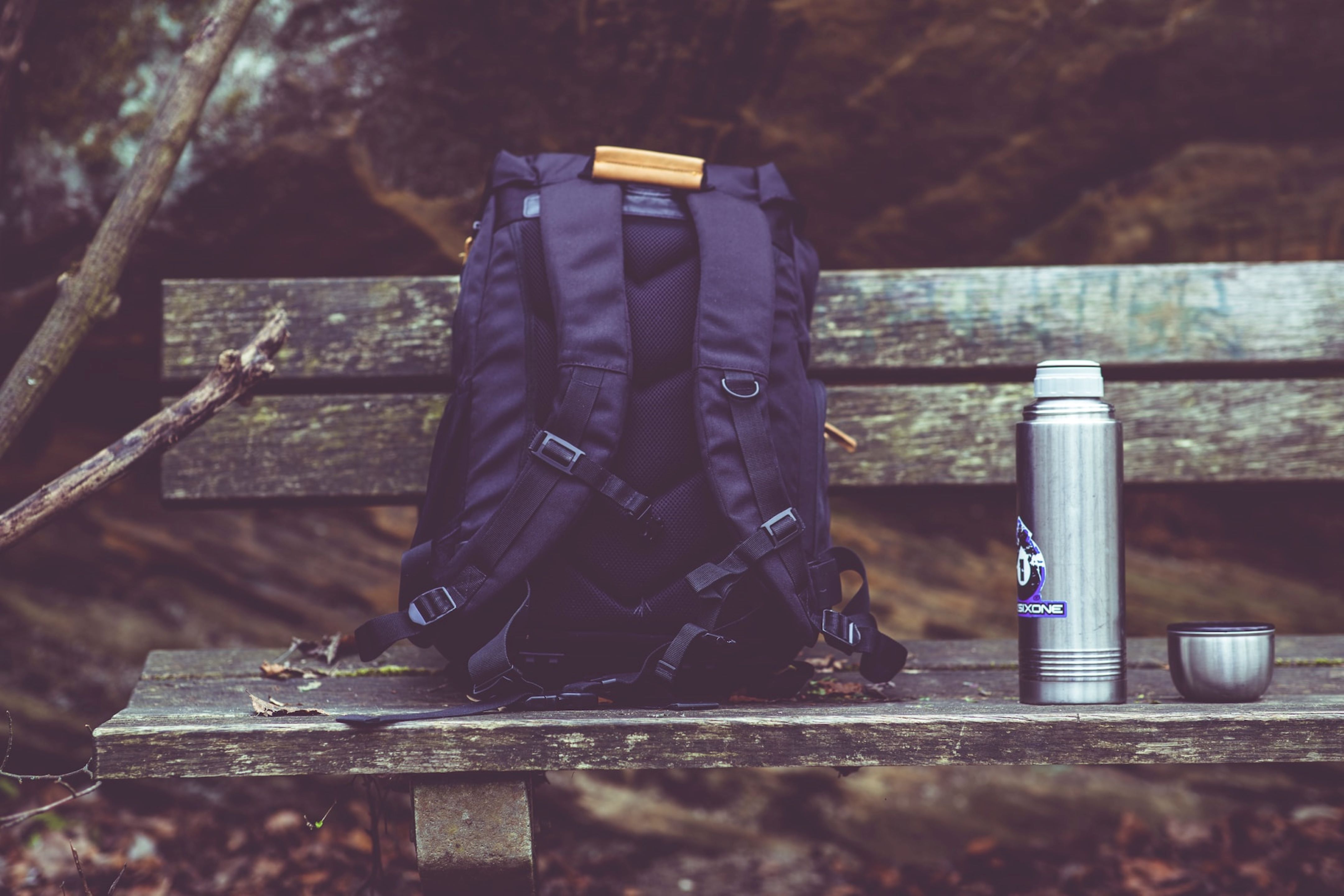
Clever compartments and practical features to suit every hiker
With vertical or horizontal external pockets, extra compartments or ingenious inside pockets, every design is different! At the end of the day, it's for you to choose what extra features best suit your personal needs and your intended use of your backpack. It's worth highlighting that today, lots of hiking backpacks – both men's and women's – feature outside pockets to hold your water bottle, to stop you from having to sling off and undo your bag every time you need to hydrate. Other models are cleverly equipped with functions that let you attach your walking poles to them. So, think about what kind of features will come in most handy for you and narrow your selection of bags down to those that tick all your boxes!
How to organise your hiking backpack?
While choosing the right design is important, it's not everything. You still need to know how to arrange your gear, so that you get the very most out of the model you settle on. When it comes to organising your backpack, there are 4 key principles to follow, as detailed below.
1) For your physical safety and comfort, spread out your gear sensibly
The mass of your backpack and therefore the heaviest elements inside it need to mostly rest on your pelvis rather than on your shoulders. Added to that, your rucksack's centre of gravity needs to sit as close to your body as possible. The heaviest items therefore need to be positioned against your back, with lighter items nestled towards the outer and upper sides of your bag. Packing in this way will keep your body from effectively being pulled backwards. As well as paying caution to where you place your items and how you spread them out, you'll also want to check that none of your hiking gear is positioned in a way that juts into your back. Intrusive objects risk discomfort, if not pain.
2) Organise your backpack in a functional way
As well as considering weight to inform where you place your items within your bag, you'll also want to arrange your items pragmatically in relation to their use. For a disruption-free and risk-averse hike, any items that you may require frequently or urgently should be easily accessible. Following this logic, it's sensible to place the following items either in outside pockets or towards the top of your backpack's contents: money, compass or GPS, sun cream, water bottle, energy bars, extra layers. Meanwhile, your camping stove, sleeping bag, or change of clothes, for example, can remain at the bottom of your bag.
As well as considering weight to inform where you place your items within your bag, you'll also want to arrange your items pragmatically in relation to their use. For a disruption-free and risk-averse hike, any items that you may require frequently or urgently should be easily accessible. Following this logic, it's sensible to place the following items either in outside pockets or towards the top of your backpack's contents: money, compass or GPS, sun cream, water bottle, energy bars, extra layers. Meanwhile, your camping stove, sleeping bag, or change of clothes, for example, can remain at the bottom of your bag.
3) Keep certain items away from water
A backpack is rarely entirely watertight, even if it is water-repellent or (better still) waterproof. In case you get caught in a downpour, it's better to take a few safety measures when packing. It's wise to slip any personal papers, money or precious objects that you definitely don't wish to risk exposing to water in a sealed plastic bag. Similarly, you can also place any spare clothing in a separate bag within your backpack. Another top trick: line the inside of your backpack with a large bin bag. And of course, to keep your items further shielded from the unruly elements, you can always invest in a protective waterproof cover for your backpack of choice.
4) Don't go over the recommended weight
When possible, a backpack should ideally not exceed 20% of the body weight of the individual destined to carry it. For example, this means that the backpack of a woman who weighs approximately 60kg shouldn't surpass 12 kg. Similarly, a man weighing 80kg should limit the weight of his rucksack to a total of 16kg. A backpack weighing up to 30% of an individual's bodyweight is likely manageable, but it's not ideal! Beyond the recommended guideline, the risks of falling or of spraining something when traversing uneven ground are significantly increased and, in the short-term, mid-term or long-term, so are the risks of tendinitis, cartilage wear or slipping a disc. So, pack sensibly and keep your backpack as light as possible! To achieve this, refrain from adding unnecessary items at the last minute, no matter how small and light they may seem. Your backpack might feel just fine when you quickly test out how manageable the load is in the comfort of your own home but, after 2 or 3 hours of walking, you're sure to think and feel a little differently!
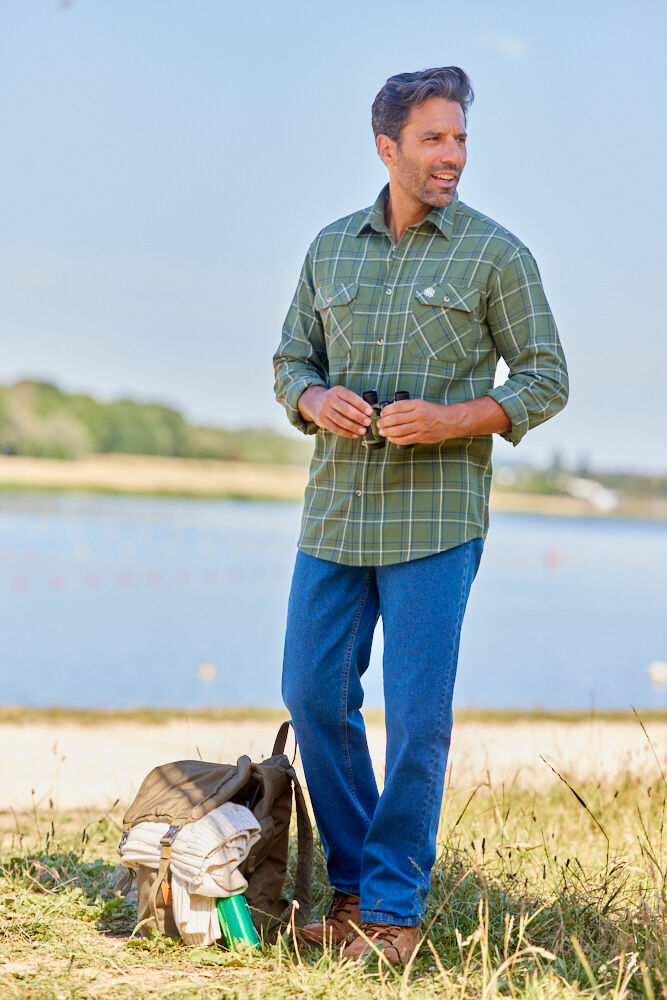
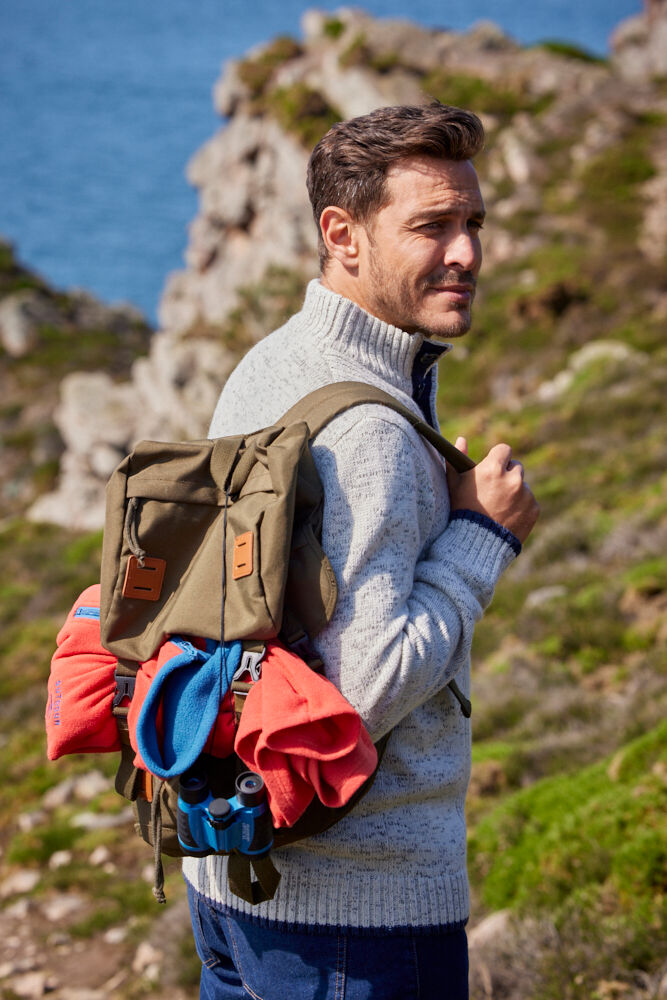

From mini walking and trekking adventures to camping – explore the great outdoors equipped with the right backpack!
Factoring in all the above, you should be able to make an informed decision about what backpack to pick for your adventure. Whether you're setting out on a speedy walking expedition, committing to a long hike or hitting the trail with the plan of spending a night or two sleeping beneath the stars, we hope our rundown of rucksack need-to-know information leaves you all prepped and ready to embrace the great outdoors!